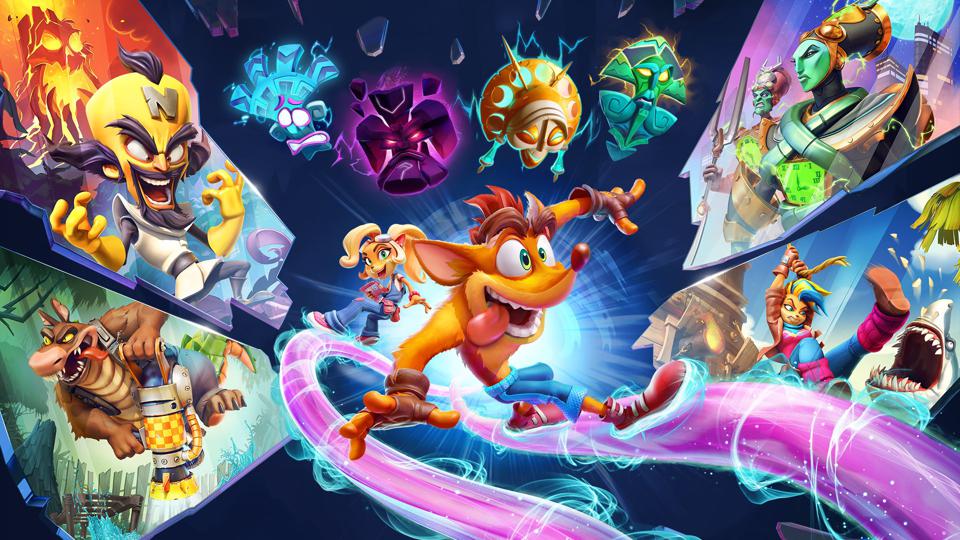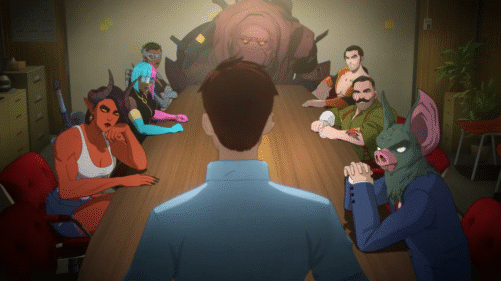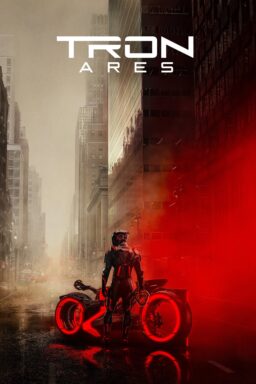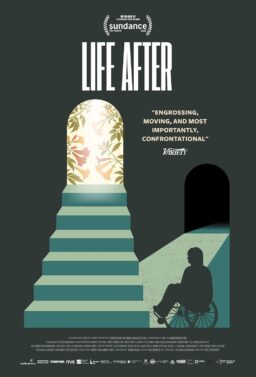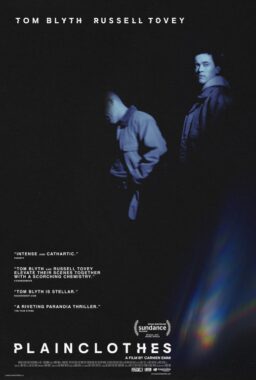The platformer genre is often considered easier than other kinds of games, largely because they’re primarily directed at children. However, the best recent platformers have presented varying degrees of challenges, either through customization or collectibles. Casual gamers could just complete them, but the serious ones could find every collectible in every nook and cranny. For clarity for those unfamiliar with the term, the word platformer should help convey the definition of the genre: games built largely on jumping from platform to platform. Many early arcade hits were platformers like “Donkey Kong” and “Pitfall.” They’re games built on timing and depth perception, which brings us four decades after “Kong” to “Crash Bandicoot 4: It’s About Time,” one of the deepest and most challenging platformers in years. It’s a great game but prepare to die over and over again as you try to complete it.
It’s a game that doesn’t hold your hand, and one that keeps pushing the gamer to replay levels to do more, find more, and die less. To truly complete it and find all the collectibles will take gamers months, and some of the challenges honestly feel downright impossible to me (mostly the “die three or less times on this level on which you just died 47 times” type). But that’s a compliment in that most platformers lose some of their luster after a simple playthrough. After all, once Mario has jumped to the platform and rescued Princess Peach, what more is there to do? After detailed level design, replay factor was clearly a major factor in the decision of “Crash Bandicoot 4,” a game that Activision wants people to play deep into the next console generation.
The title of this game is a nod to how long it took to get a proper fourth game in a series that was initially popular a quarter-century ago. In 1994, a company called Naughty Dog (who would go on to make the franchises “Uncharted” and “The Last of Us” many years later) wanted to make a game inspired by classic platformers like Kong and Mario. They designed the character of Crash Bandicoot, a genetically engineered bandicoot (yes, it’s a real animal), whose creator, Dr. Neo G. Cortex, is basically trying to kill his own creation. The gameplay was simple with spinning, jumping, and collecting from point A to point B. It was a hit on the PlayStation back in 1996 and launched a major franchise that spanned consoles. “Cortex Strikes Back” was released the next year and “Warped” the year after that. Crash became a major Sony figure, even appearing in other game types like racing and the “Skylanders” series over the years, but it had been a long time since a proper “Crash Bandicoot” game was launched.

Which brings us to “It’s About Time,” a game that is technically the eighth main game in this series but takes place after the three games in the “Crash Bandicoot N. Sane Trilogy,” making it a part four that ignores what happened in spin-off games on the PS2. The story is relatively thin stuff with Crash and his sister Coco—the player can alternate playing as either character on most levels—trying to stop Doctor Cortex from enslaving the multiverse. It introduces a gameplay element called Quantum Masks, which allow for insane level design in terms of platforming capability. The masks give Crash (or Coco) special powers, which will be needed to get from the start to the end of a level. For example, one mask stops time, which you might need to halt crashing platforms long enough that you can jump on them. Another phases items or even platforms in and out of the environment. A third allows you shift gravity. And so on.
As if that kind of gameplay variety isn’t enough, the developers here open up the level design to various supporting characters. You’ll play as Crash or Coco on most levels, but sometimes the game open up to other characters like Tawna, Dingodile, and even Cortex himself, and often on parallel story tracks to the main protagonists. For example, you’ll complete a level as Crash and then an optional level will open in which you can play as Cortex and see how his actions influenced the main story. Each level also encourages multiple playthroughs by providing numerous metrics like giving diamonds based on the percentage of Wumpa fruit found on each level, how many times you died, and then offering time trials and inverted levels after first completion. One could spend a day just trying to master a single level. (The “only die three times” diamond being one that only masters will be able to achieve even once, much less on every level.)

All of this feels like a smart integration of what the “Crash” series used to be with the heightened challenges gamers expect in 2020. It’s an incredibly difficult game, but that difficulty doesn’t emerge from issues like poor level design, faulty camera placement, or the simple randomness that often impacts the platformer genre. It’s a game that knocks you down over and over again, but that level of difficulty also makes completing it all the more satisfactory.
At a time when everyone is stuck at home and looking for something to do, Activision and developer Toys for Bob have given gamers a title that’s easy to get lost in for hours. People who haven’t played it might think that no platformer could possibly be that engaging, but there’s something about how much this game constantly shifts, giving you new powers as it throws greater challenges at you. And then it dares you to try and do it better, or just do it faster. In an era dominated by shooters and open world experiences, it’s fun to see an old-fashioned genre spun out in a new way like this that makes it feel just as current as ever. Well, as much as fun as falling off platforms roughly a thousand times can be.

